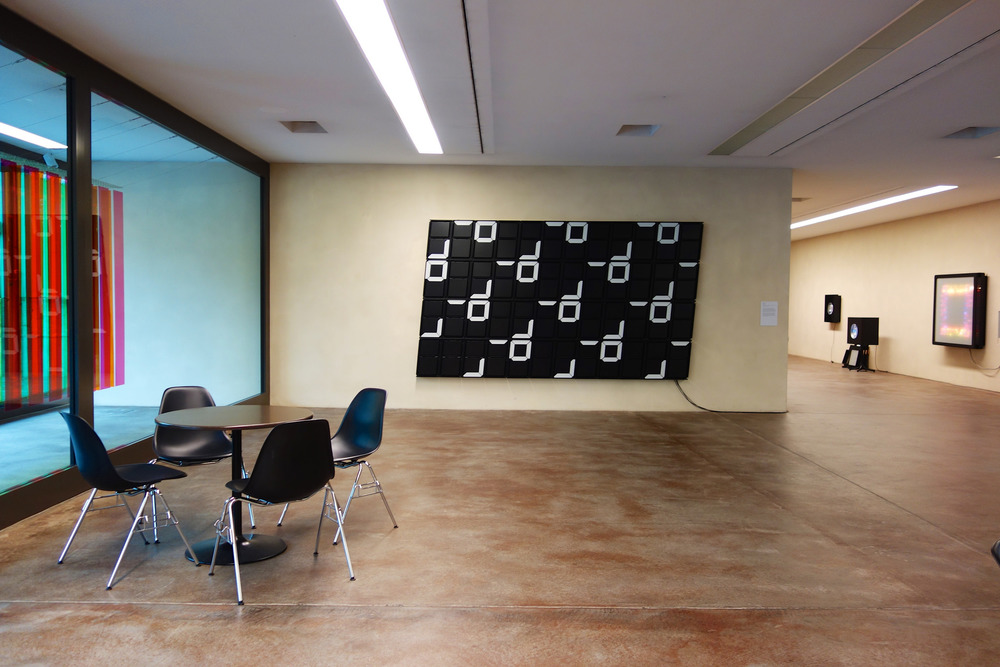
"Short Cuts" is a fascinating exhibit at Centre Pasquart (Biel, Switzerland) curated by my colleague Daniel Sciboz, with the collaboration of Jean-Louis Boissier :
"At a time in which the digital is omnipresent, the interdisciplinary group exhibition Short Cuts highlights the dialogue between two generations of artists who operate between art, design and technology. This comparison makes clear how technology and its influences are present in the electronic arts of our own times as well as in the concrete and kinetic art of the 60s and 70s. In these works we see graphic design, algorithms, innovative production processes of series and new kinds of aesthetic forms. Comparable with the view through a kaleidoscope, the exhibition allows access to a variety of formal and discursive approaches which refer to the interplay between the increasingly digitalised world in which we live and artistic practices influenced by digital media."
Some examples below, among many inspiring pieces.
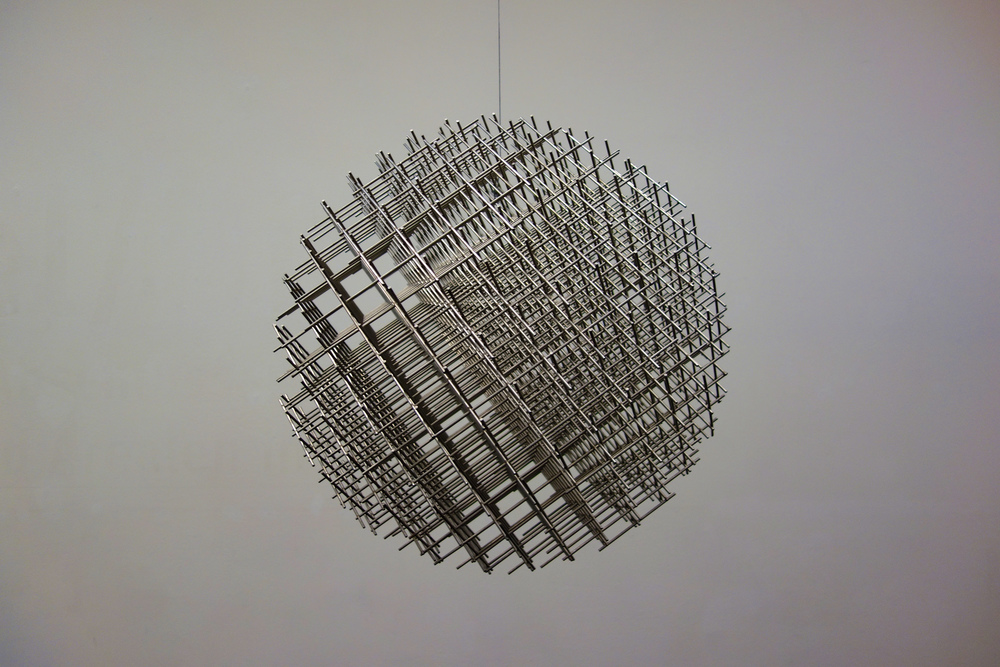
Sphère-trame by François Morellet
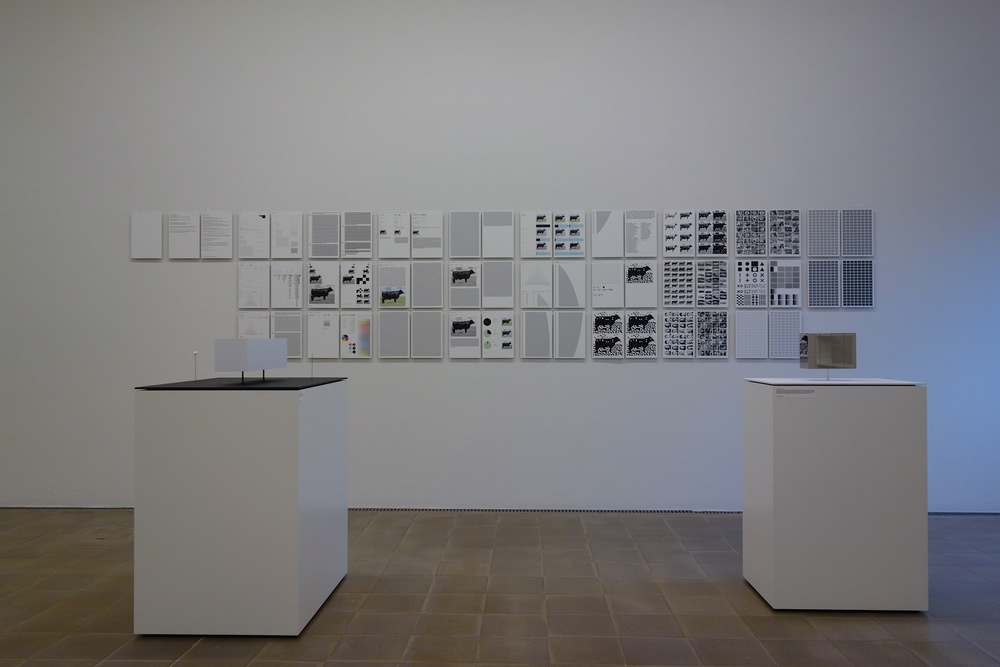
Archive U.768 by NORM
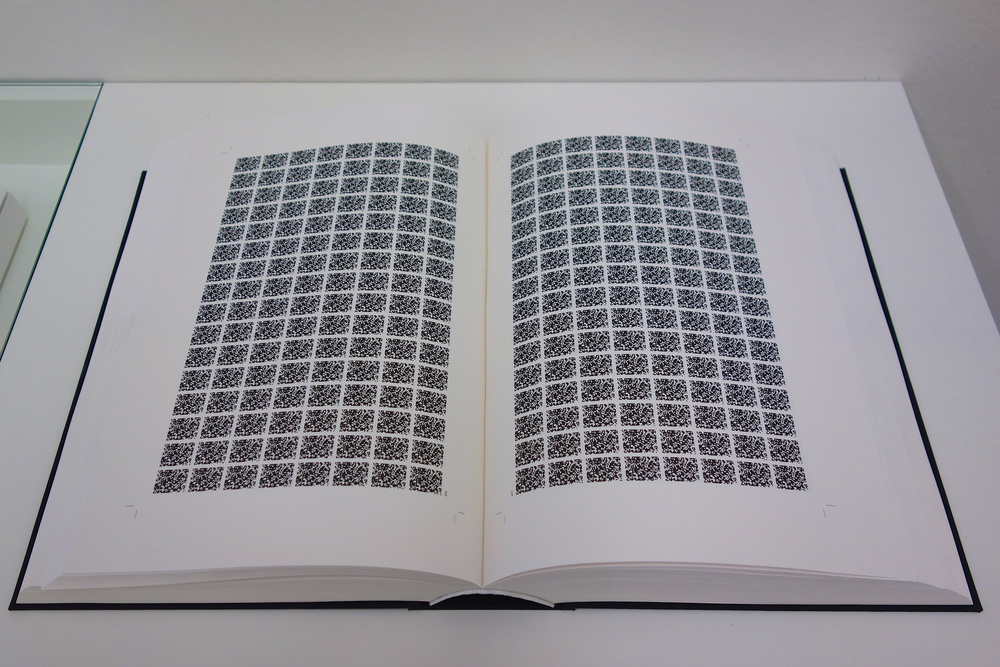
Archive U.768 by NORM
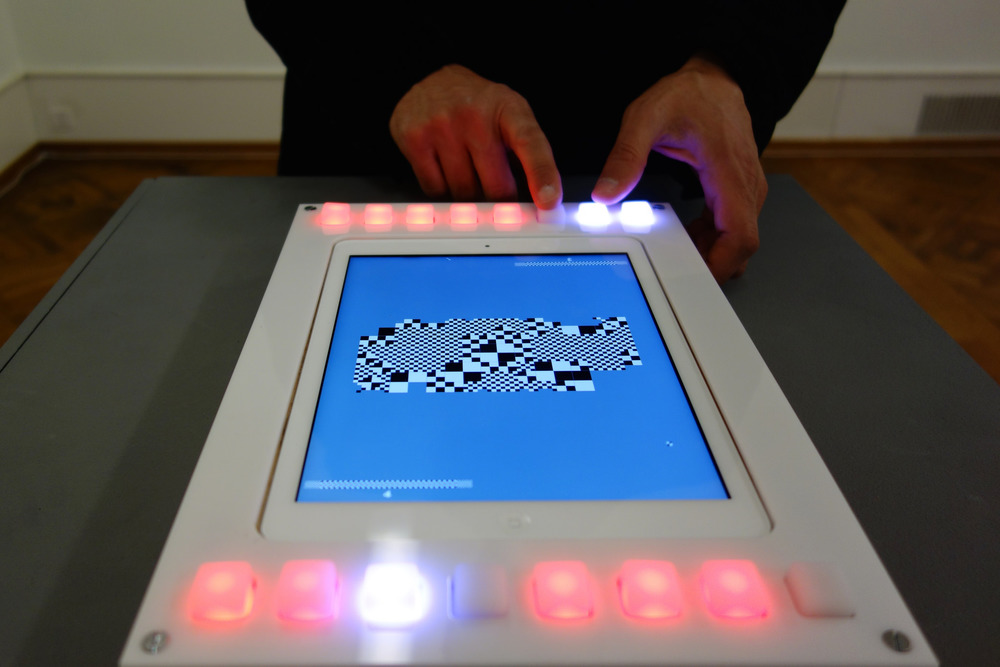
Karl Gerstner's Le Grand Oeuvre revisited as a game by Douglas-Edric Stanley and Antonin Fourneau
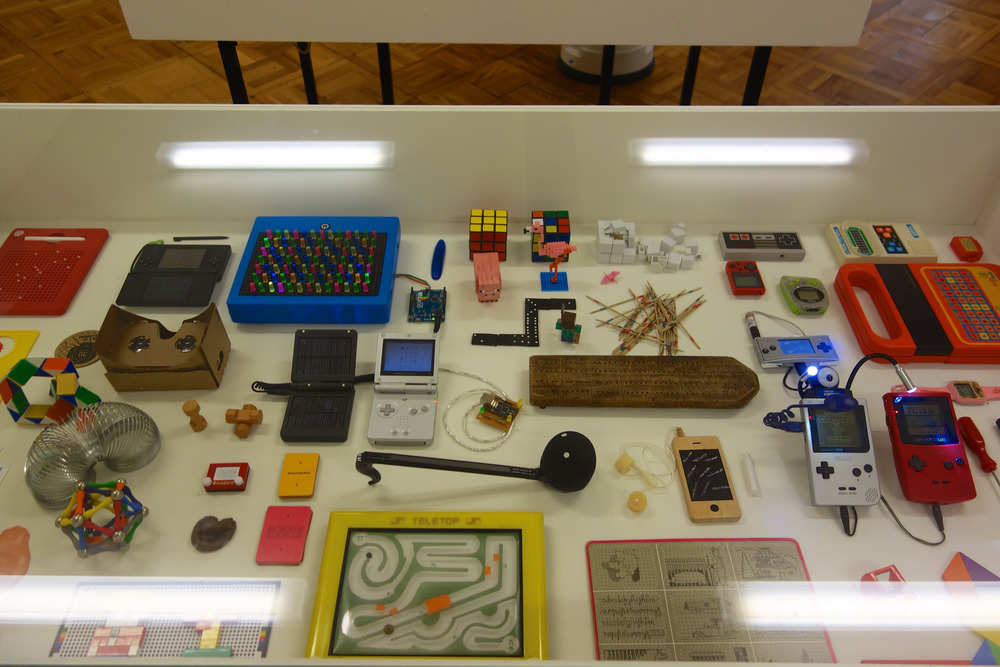
Retrocompatible Museum by Antonin Fourneau and Douglas-Edric Stanley
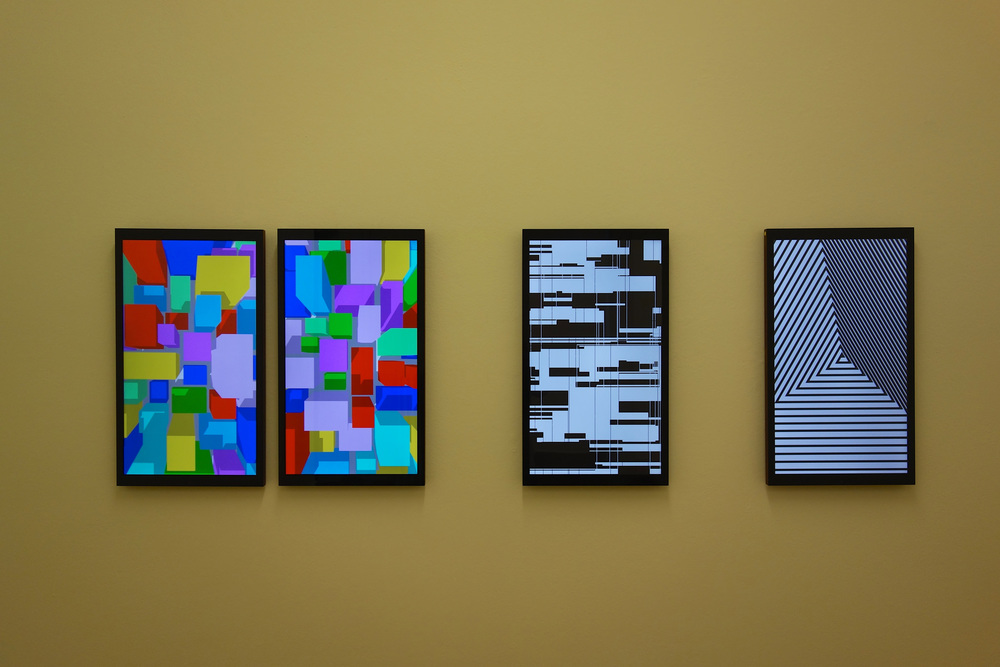
http://www.neogeocity.com by Rafael Rozendaal (left) and FRAMED 2.0 by Yugo Nakamura and William Lai.
